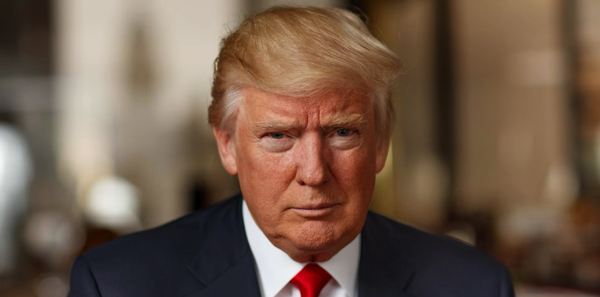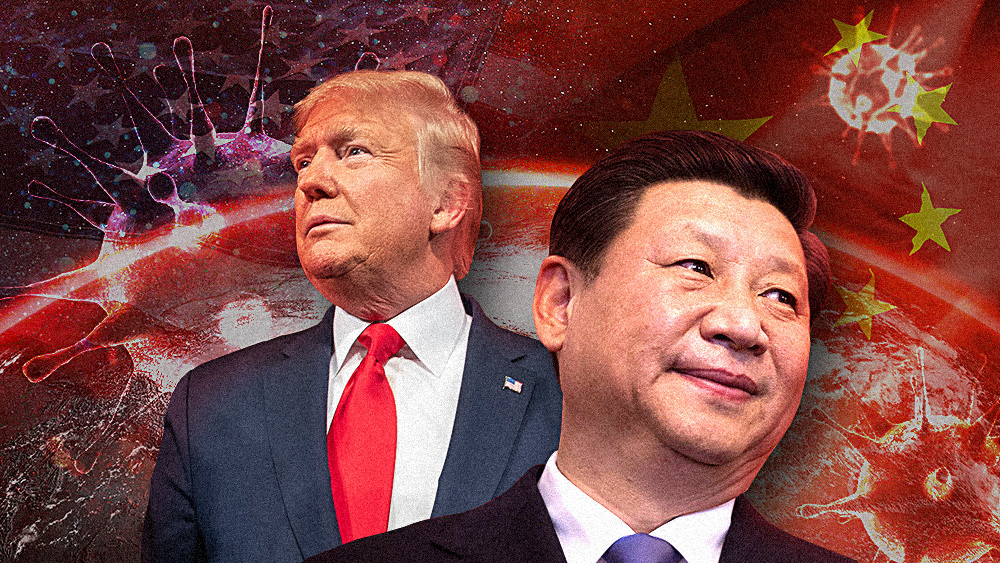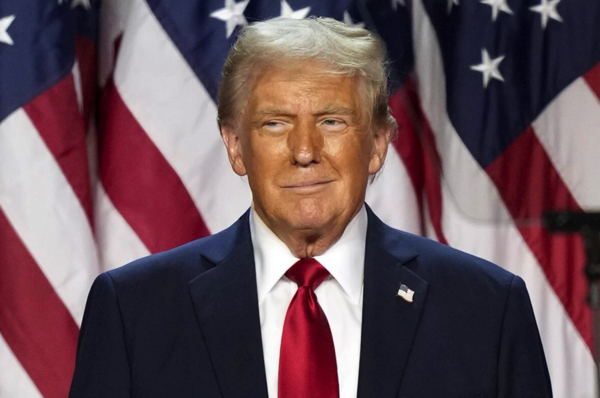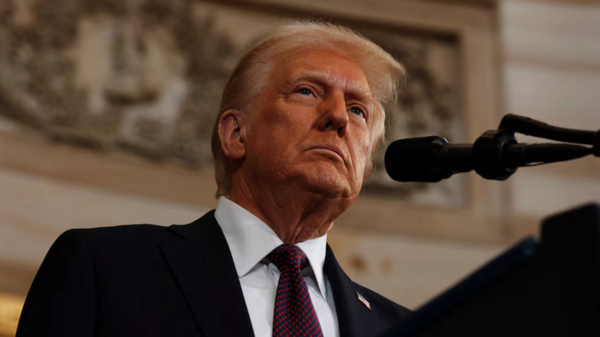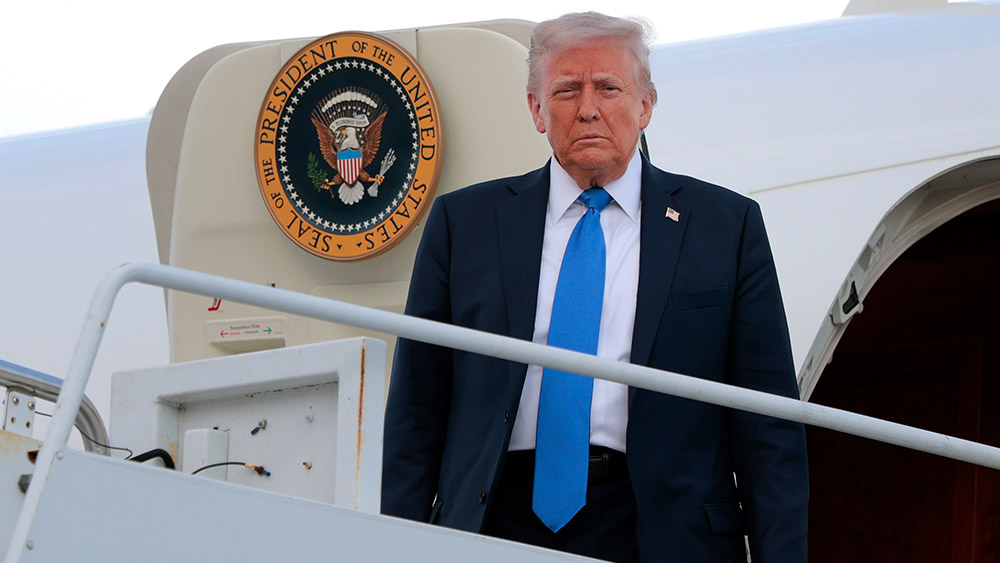United States or BUST: GM navigates tariff turmoil and evolves its EV strategy amid a profit plunge
07/25/2025 / By Willow Tohi

- GM reports a 35% Q2 profit drop to $1.89B, citing tariffs and EV transition costs.
- CEO Mary Barra reaffirms EV commitment, despite regulatory hurdles and slowing industry growth.
- New $4B U.S. investment aims to reduce tariff impacts, shifting production from Mexico.
- Analysts question execution risks but note EV sales growth and efficiency strategies.
- Tesla’s low-pricing strategy contrasts with GM’s premium EV approach.
General Motors, the largest U.S. automaker, reported a sharp 35% decline in second-quarter profits to $1.89 billion, marking its steepest drop since the early stages of the pandemic. The slide, driven by steep new tariffs and the costs of transitioning to electric vehicles (EVs), underscored the industry’s struggle to balance regulatory headwinds with ambition. Amid the challenges, CEO Mary Barra reaffirmed her controversial stance: Electrification remains GM’s “north star,” even as rivals like Tesla forge ahead with aggressive pricing.
What perhaps most defines this quarter’s struggle lies beneath the earnings decline: GM’s pivot to domestic production and its $9 billion bet on U.S. manufacturing to dodge punitive duties. A blend of political strategy and operational revamp has forced the company to double down on American factories—one that risks short-term headaches but positions it to weather international trade turbulence. Yet the road to profitability, Barra admits, remains “not close to over.”
Profit slump amid regulatory shifts
GM’s second-quarter earnings dropped to $1.89 billion, a $1.1 billion drop from $2.93 billion a year ago. Roughly two?thirds of this loss stemmed from $2.6 billion in tariffs tied to Republican trade policies, including a 25% levy on imports of automotive parts and vehicles. Analysts, while noting an expectation gap, attributed the stock’s 7% initial post-earnings plunge to investor frustration over the timing of these costs.
The Big, Beautiful Bill Act—slashing EV subsidies and tightening corporate fuel standards—compounded pressure. Yet Barra framed the setbacks as fleeting. “We’re positioning the business for a profitable, long-term future,” she wrote in a shareholder letter, highlighting U.S. production expansion and cost-cutting in tariff-hit sectors.
EV ambitions under pressure: Growth vs. cost challenges
While investors fixated on the bottom line, GM’s EV progress provided cautious optimism. Quarterly EV sales rose 46% to 46,300 units, with Chevrolet now ranking as the second-largest U.S. EV brand after Tesla. But CFO Paul Jacobson warned of “slowing industry growth,” compounded by the impending expiration of the $7,500 federal EV tax credit in September.
Compounding these concerns is the price war among EV makers. While GM bolsters premiums—its average transaction price rose $1,600 in Q2 to $52,000 — Tesla continues its aggressive pricing, cutting costs to spur demand. CFRA analyst Garrett Nelson questions how GM’s higher-cost strategy will fare against rivals. “Balancing affordability while building EV scale is critically important,” he said.
Barra, however, is counting on technology to edge out competition. GM aims to slash battery costs by 60% by 2025 and localize U.S. cell production through partnerships like its Ultium platform, reducing reliance on “foreign rare minerals.” “Cheaper, faster innovation will drive market share,” she said, pointing to the upcoming Bolt EV, a $35,000 subcompact that could undercut Tesla’s Model 3.
Behind the factory surge: Tariffs push GM to rebuild at home
The most dramatic shift is geopolitical theater: GM’s $9 billion pivot to U.S. production. Over the next two years, it will overhaul facilities like its Buffalo plant (investing $900 million to build next-gen hybrid engines) and idle Mexican operations to manufacture trucks in Michigan—moves Barra calls “critical to reduce tariff exposure.”
This U.S. focus aligns with President Trump’s trade agenda, which touts import taxes as a cudgel to incentivize domestic manufacturing. Yet analysts caution such reshoring comes at a premium. “Building more in America is expensive,” noted Morningstar’s David Whiston, “but GM’s scale helps absorb costs where others can’t.”
Industry-wide, automakers face a steeper challenge. A Center for Automotive Research study estimates uniform tariffs could cost U.S. carmakers $41.9 billion annually. Stellantis, GM’s European rival, reported a $2.7 billion H1 loss due to tariffs and restructuring charges, suggesting no automaker is immune.
Analysts split on strategy, but hope persists
Optimism hinges on GM’s long game time frame. Wedbush analyst Dan Ives praised Barra’s “remarkable focus” on EVs amid fiscal strain, noting sustained demand for $61,000 Silverados and gas-engine SUVs that currently provide 70% of profits. “The diesel engines pay the bills,” he said, “while EVs build the future.”
Others, like CFRA’s Nelson, remain skeptical. “Executing production ramp-ups while fighting inflation and regulatory chaos is daunting,” he warned. Yet even doubters concede GM’s investments buy it time. Jacobson, meanwhile, claims 30% of tariff costs will be offset by end-2025 via price hikes and localized parts sourcing.
The road ahead: Costs now, growth later?
For GM, the stakes are existential. Its EV sales, while up, account for just 4% of U.S. deliveries—a fifth of Tesla’s share. Meanwhile, traditional car buyers remain hesitant to exit combustion engines, with hybrids and ICE vehicles still dominating inventory. “Convincing buyers to pay premiums without bulk discounts or incentives is tough,” said an industry insider.
Barra is undeterred, framing current pain as proof of strategic resolve. “EVs are the only real path to profit growth,” she emphasized, citing surging export potential for domestic-made EVs post-tariff adjustment.
As Washington’s trade wars and Detroit’s EV race collide, GM’s decision to bet on U.S. soil carries a clear message: adaptation—whether to tariffs or tech—is non-negotiable. In an industry where survival depends on both political calculus and engineering acumen, GM’s next chapter hinges on whether it can convert today’s investment gamble into tomorrow’s market dominance.
Sources for this article include:
Submit a correction >>
Tagged Under:
automakers, automobile industry, big government, debt bomb, economy, General Motors, pensions, products, risk, tariffs, Trump
This article may contain statements that reflect the opinion of the author
RECENT NEWS & ARTICLES
COPYRIGHT © 2017 RISK NEWS

